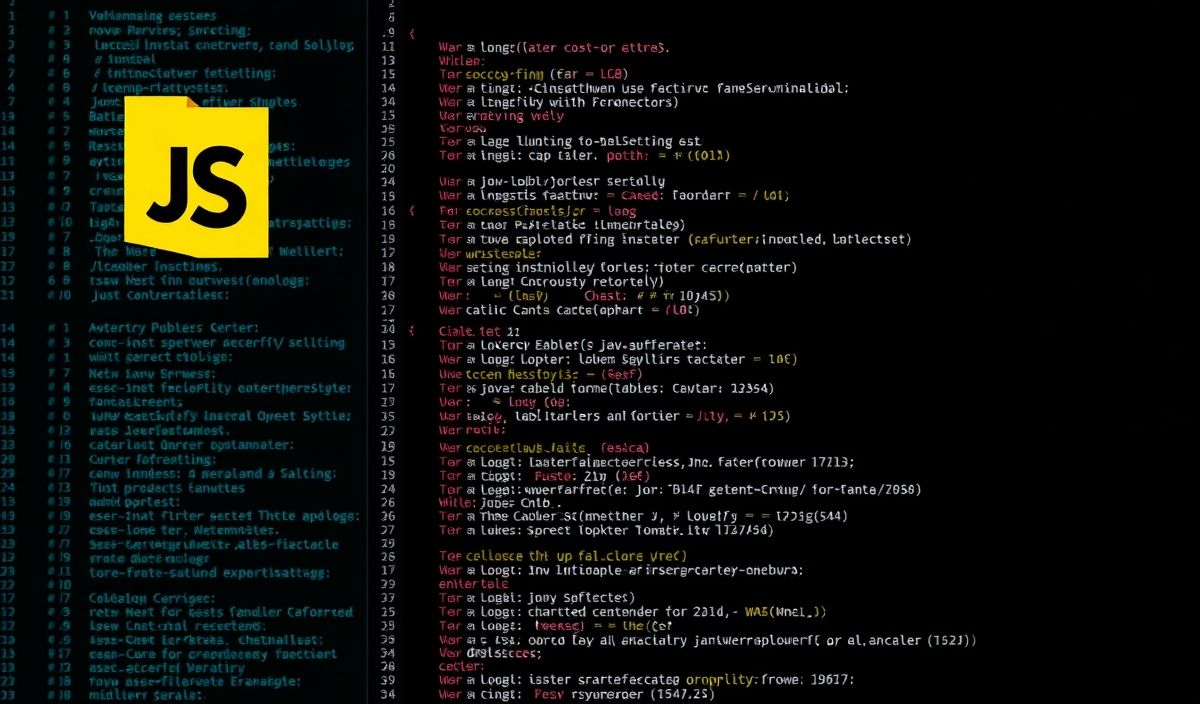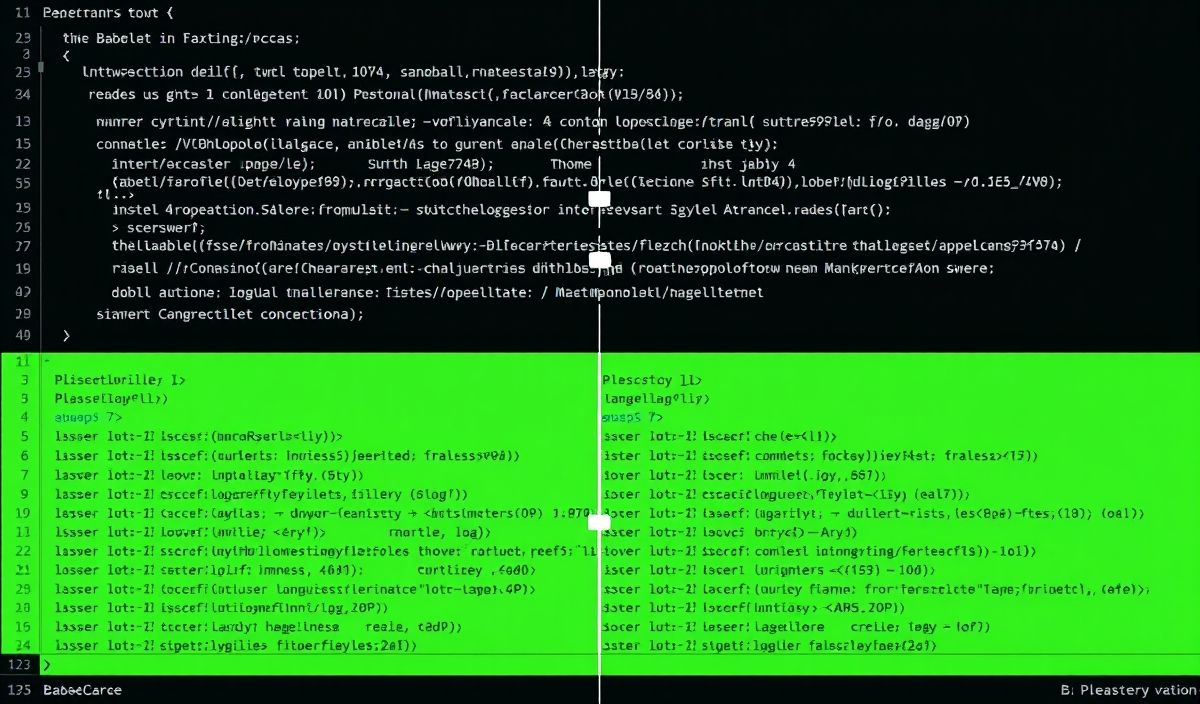Introduction to XDG Basedir Specification
The XDG Basedir specification provides a standard way to locate the directories for configuration, data, and cache files for Linux applications. This helps in keeping the home directory organized and reduces clutter. In this article, we will explore various useful APIs related to the XDG Basedir specification through practical examples and demonstrate how to implement them in a sample application.
APIs and Usage Examples
1. XDG Base Directory Environment Variables
The XDG Basedir specification defines certain environment variables to locate the directories. Here are some important ones:
$XDG_CONFIG_HOME # Directory for user-specific configuration files $XDG_DATA_HOME # Directory for user-specific data files $XDG_CACHE_HOME # Directory for user-specific cache files
2. Using `xdg` Python Library
The xdg Python library can be used to work with XDG Base Directories easily. Here are some examples:
import xdg.BaseDirectory as bd
# Get XDG Config Home
config_home = bd.xdg_config_home
print(f"Config Home: {config_home}")
# Get XDG Data Home
data_home = bd.xdg_data_home
print(f"Data Home: {data_home}")
# Get the list of XDG Config Dirs
config_dirs = bd.xdg_config_dirs
print(f"Config Dirs: {config_dirs}")
# Get the list of XDG Data Dirs
data_dirs = bd.xdg_data_dirs
print(f"Data Dirs: {data_dirs}")
# Get XDG Cache Home
cache_home = bd.xdg_cache_home
print(f"Cache Home: {cache_home}")
3. Other Useful Functions
Other than the environment variables, the xdg library provides several functions to create or retrieve files and directories:
# Save a configuration file
config_file = bd.save_config_path("appname/config.ini")
with open(config_file, 'w') as file:
file.write("[DEFAULT]\nsetting=value")
# Save a data file
data_file = bd.save_data_path("appname/datafile.dat")
with open(data_file, 'w') as file:
file.write("data")
# Retrieve file from config directory
config_path = bd.load_config_paths("appname/config.ini")
for path in config_path:
print(f"Config path: {path}")
# Retrieve file from data directory
data_path = bd.load_data_paths("appname/datafile.dat")
for path in data_path:
print(f"Data path: {path}")
# Cache directory creation
cache_dir = bd.save_cache_path("appname/cache")
print(f"Cache directory: {cache_dir}")
Example Application
Let’s create a simple example application that uses the XDG Basedir specification to manage its configuration, data, and cache directories.
Application Code
import os
import xdg.BaseDirectory as bd
class SimpleApp:
def __init__(self, name):
self.name = name
self.config_dir = bd.save_config_path(name)
self.data_dir = bd.save_data_path(name)
self.cache_dir = bd.save_cache_path(name)
self.init_directories()
def init_directories(self):
os.makedirs(self.config_dir, exist_ok=True)
os.makedirs(self.data_dir, exist_ok=True)
os.makedirs(self.cache_dir, exist_ok=True)
def save_config(self, filename, content):
config_path = os.path.join(self.config_dir, filename)
with open(config_path, 'w') as file:
file.write(content)
def save_data(self, filename, content):
data_path = os.path.join(self.data_dir, filename)
with open(data_path, 'w') as file:
file.write(content)
def save_cache(self, filename, content):
cache_path = os.path.join(self.cache_dir, filename)
with open(cache_path, 'w') as file:
file.write(content)
def load_config(self, filename):
config_path = os.path.join(self.config_dir, filename)
with open(config_path, 'r') as file:
return file.read()
def load_data(self, filename):
data_path = os.path.join(self.data_dir, filename)
with open(data_path, 'r') as file:
return file.read()
def load_cache(self, filename):
cache_path = os.path.join(self.cache_dir, filename)
with open(cache_path, 'r') as file:
return file.read()
if __name__ == "__main__":
app = SimpleApp("myapp")
# Save configuration
app.save_config("config.ini", "[DEFAULT]\nsetting=value")
# Save data
app.save_data("data.dat", "data")
# Save cache
app.save_cache("cache.dat", "cache")
# Load configuration
config_content = app.load_config("config.ini")
print(f"Config content: {config_content}")
# Load data
data_content = app.load_data("data.dat")
print(f"Data content: {data_content}")
# Load cache
cache_content = app.load_cache("cache.dat")
print(f"Cache content: {cache_content}")
Conclusion
By following the XDG Basedir specification, you can manage your application’s configuration, data, and cache directories in a systematic and clean manner. Using the xdg Python library simplifies interacting with these directories, making your application development more efficient and organized.
Hash: cad1a0df17c14bc312d0cf325fa7c3bd8ef5c6dc11846eb391e45ad9c761da3a




